Itinerary
In Europe there are relatively few species, which retained their original character. Slovakia, because of its abundant net of primeval reserves has, in this respect, a key position in Central Europe. A number of valuable forested areas, which offer refuge to many rare species of birds, can be found in the wider environs of Zvolen town. This trip includes more demanding treks and is designated for participants that are in good shape. On this trip we shall see birds that live in leaf forests, in mixed forests, pine needle forests, in meadows and pastures, wetlands and aquatic birds. Especially interesting is watching of birds active at night and listening to their voices in the Polana Biosphere Reserve.
- Day 1 Arrival to Slovakia, accommodation, informal reception.
- Day 2 Birds of Deciduous Forests.
- Day 3 Birds of Deciduous Forests.
- Day 4 Birds of Mixed Mountain Forests.
- Day 5 Birds of Coniferous Mountain Forests.
- Day 6 Birds of Meadow and Pasture Populations.
- Day 7 Birds of Aquatic and Wetland Populations.
- Day 8 Birds Active at Night.
- Day 9 Farewell and departure.
Overview
date_range9 days
todayApril - October
Guided observing and birdwatching tour
Easy
languageEnglish, French, Deutsch
flagPick up/drop off on your request
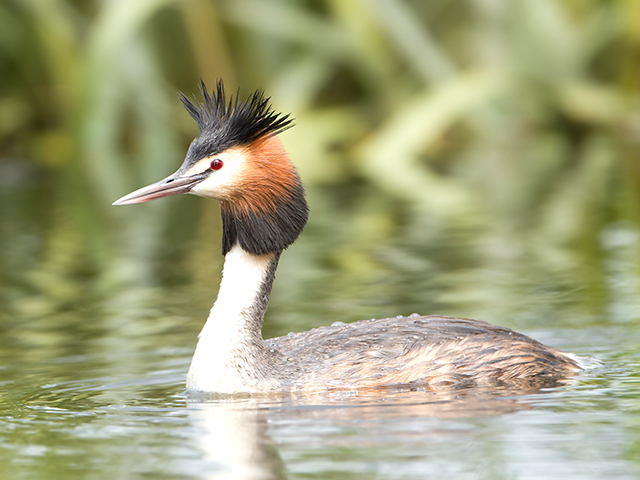
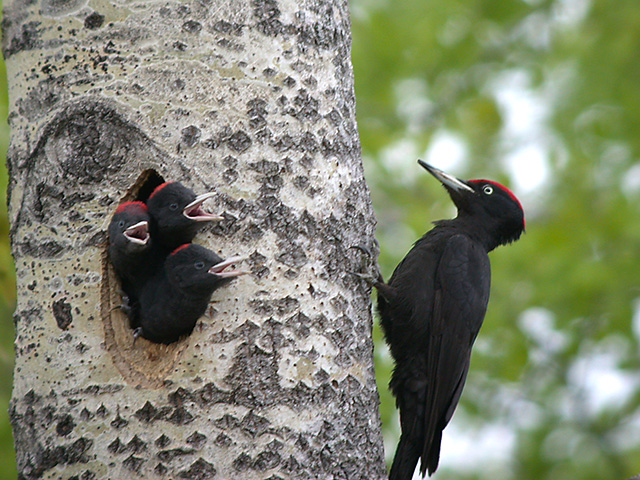
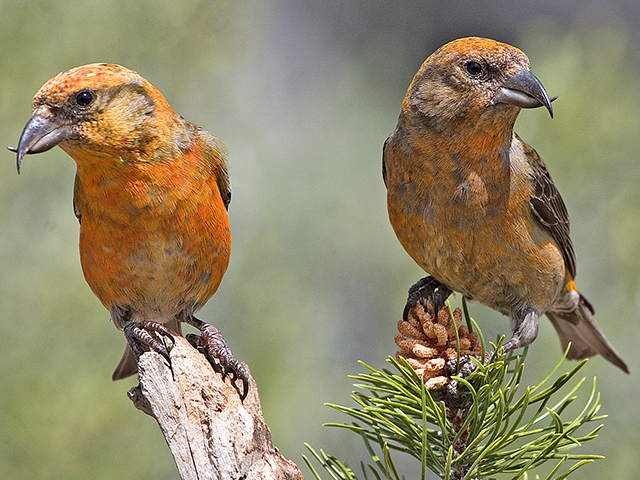
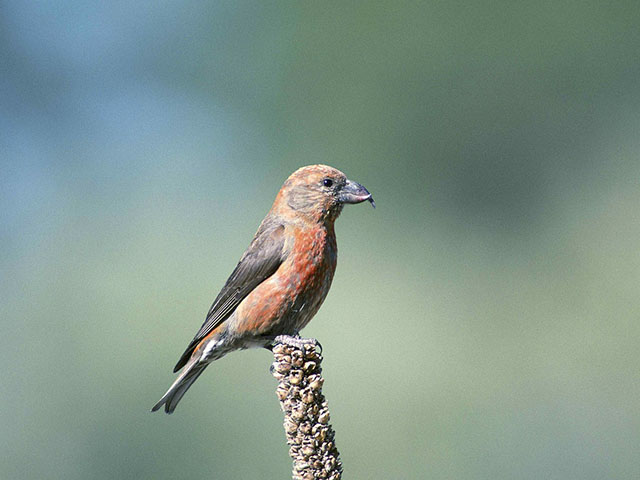
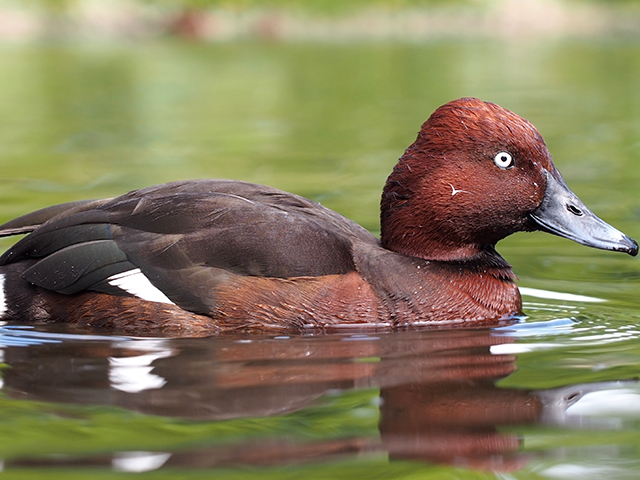
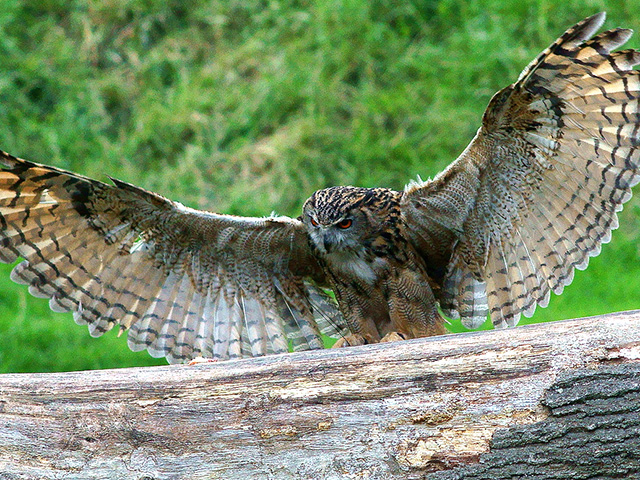
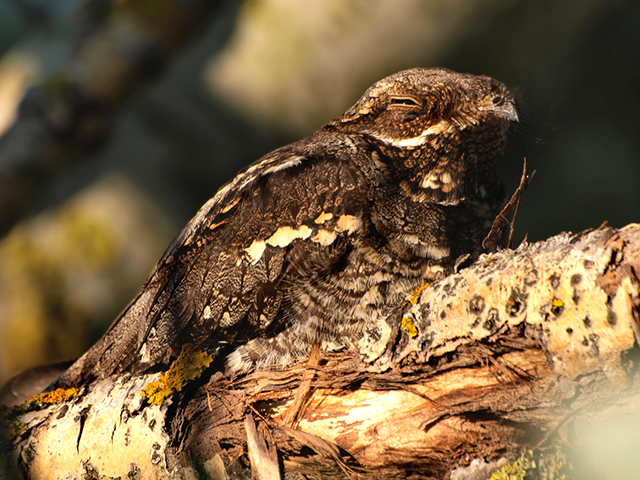
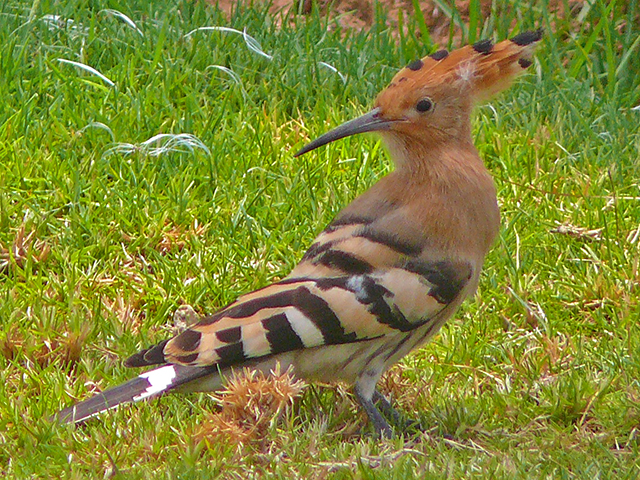
Excluded
It is required to book the transfers at least two weeks in advance.
